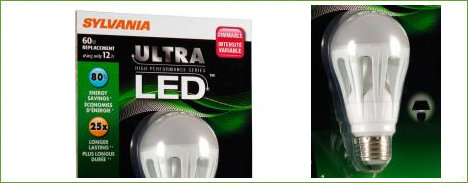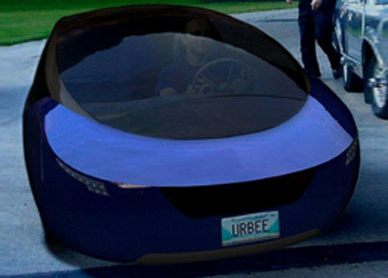Mistakes We Make With The Heater
Tuesday, November 16, 2010, 03:55 PM
Posted by Administrator
I just read this article yesterday. Some of you may have seen it. However, for those who didn't I will summarize it here.
1. Maintaining a constant temperature
Cause: A persistent myth suggests that you can save energy by leaving the house at a set temperature.
Effect: You could miss out on significant potential energy savings by not using a programmable thermostat and adjusting the temperature overnight and during the workday.
Though the impacts of adjusting the thermostat vary based on your climate and other factors, studies show that knocking the temperature down by 10 degrees for eight hours per day can cut heating bills by 5 to 15 percent.
Sure, the furnace will cycle on for a longer period to return to the more comfortable temperature, but it will be far outweighed by hours of savings when it didn't have to work as hard.
2. Cranking up the temperature to warm up the house
This is a myth because the heating unit only has one temperature, it uses time to cycle the overall temperature up to your setting. If your thermostat is in a poor location, too close to a heat source then you have a different problem.
3. Closing off vents in unused rooms
Experts recommend never shutting off more than 10 percent of vents. Sealing your ducts is a more efficient way to save energy, preventing loss in the walls, attic and under the house.
4. Using the fireplace
The problem here is a traditional fireplace. In the traditional arrangement, you have an open fire that vents up the chimney. Because heat rises and fire needs oxygen to burn, the effect is to pull air into the house through any leaking window, crack or vent to feed the fire as the heat is blasted up the flu and out into the outside air.
To read the rest of the list, follow the related link below.



 Calendar
Calendar




